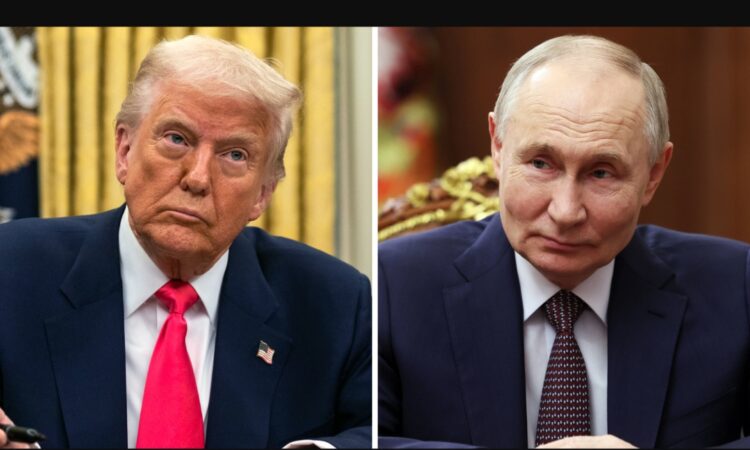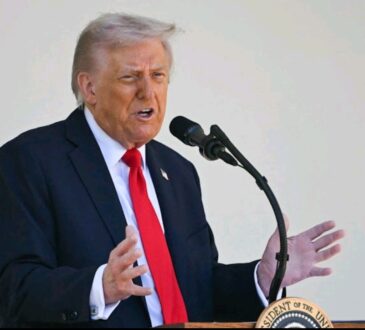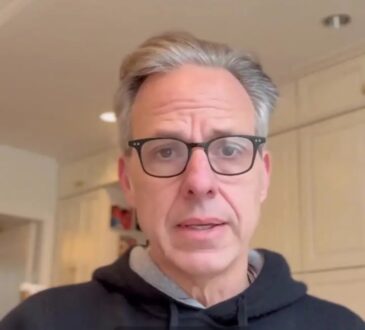
On April 22, a report from the Financial Times, shared by Reuters, said that Russian President Vladimir Putin has offered to stop the war in Ukraine but only if the front lines stay where they are right now. This idea was brought up as part of talks with former U.S. President Donald Trump, who is trying to play a role in negotiating peace.
According to the report, Putin had this conversation in St. Petersburg earlier this month with Steve Witkoff, who is known to be close to Trump and is acting as his special representative in the talks. During their meeting, Putin reportedly said that Russia might be willing to give up its claims to certain parts of Ukraine specifically, areas within four regions that are only partially controlled by Russian forces and still have Ukrainian troops in them.
What Putin seems to be suggesting is a deal where Russia would stop advancing, and the war would basically freeze in place. That means the land Russia already controls would stay under its control, but they wouldn’t push further into Ukraine. In exchange, Russia would no longer demand the rest of the territories they originally wanted.
This is a big shift, if true, because until now, Russia has been fighting to take over more of Ukraine. Freezing the war could be seen as a way to stop the bloodshed without either side officially “winning.” But it’s important to note that neither side—Russia or Ukraine—has officially agreed to this yet, and Ukraine has said many times that they want all of their land back, including Crimea, which Russia took in 2014.
Trump’s involvement in the talks is also a major detail, since he isn’t currently president. However, with the U.S. elections coming up, it shows that behind-the-scenes discussions are already happening about what the future of the war could look like depending on who’s in charge.
So far, there hasn’t been an official confirmation from the Russian or U.S. governments about the offer, and Ukraine hasn’t made a public comment on this specific report. But if these talks are real, they could be an early sign that both sides are looking for a way to end the war—even if it means making big compromises.




